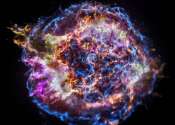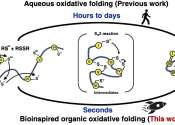Plasma fusion: Adding just enough fuel to the fire
How much fuel can we add to the fire while still maintaining control? Metaphorically speaking, that's the question one team at the U.S. Department of Energy's Princeton Plasma Physics Laboratory (PPPL) has been asking themselves ...









